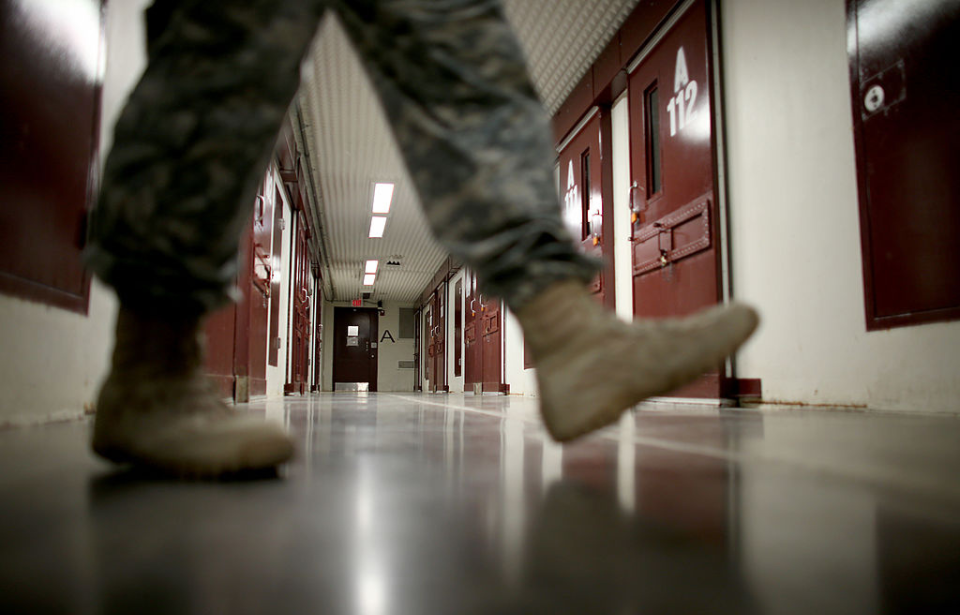In the United States, prisons, including those run by the military, housed a total of 1,380,427 inmates as of 2019. Incarceration is nothing like it was a century ago, as America’s federal prison system has developed a standardized approach for inmates to not only learn from their mistakes, but also develop skills that can be transferred into the real world.
The federal prison system takes a lot from facilities operated by the military. Despite this, the two provide inmates with vastly different experiences.
What is a military prison?
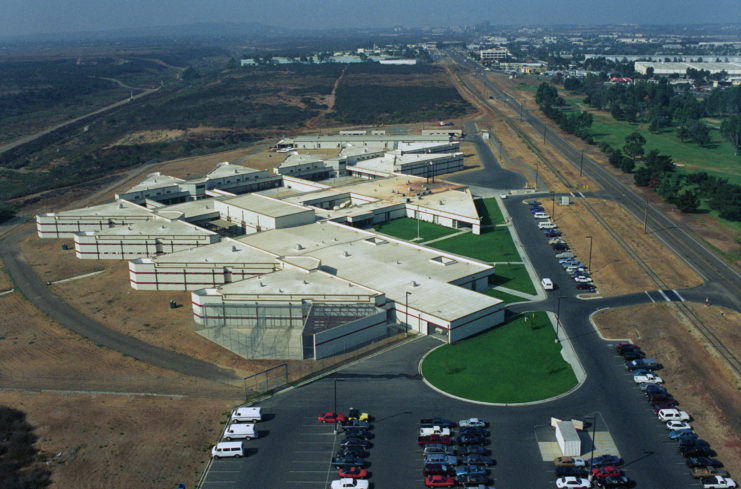
Military prisons are typically used to house prisoners of war (POWs), unlawful combatants, those who pose a risk to national security and military members who have been found guilty of serious crimes. Due to the unique nature of these facilities, they typically fall into two categories: penal, to punish or reform, and confinement-oriented, housing those who pose a security threat.
The US military’s correctional system is organized into three tiers consisting of 59 prison facilities. Level One is the lowest and typically consists of pre- and post-trial inmates with sentences of no more than one year. Level Two, which houses the majority of prisoners, holds those with sentences of up to seven years, while level three makes use of the maximum-security facility at Fort Leavenworth, Kansas to house the most dangerous criminals.
Since the first military prison was opened in 1874, their operation and the types of criminals housed have drastically changed. Upon the draft ending in the 1970s, many prisoners went from being charged with desertion to more drastic offenses. In 2002, for example, the most common crimes committed by military inmates were sexual assault, drug possession and trafficking. A large portion of the inmates were White men with high school diplomas who’d committed a crime against another person.
The regimented systems in place in military prisons have been largely successful over the years, thanks to the implementation of vocational training, assistive programs and alternatives like boot camps, all of which the federal prison system has adapted for use by civilians – but how do the experiences of prisoners differ?
The facilities differ between military and civilian prisons
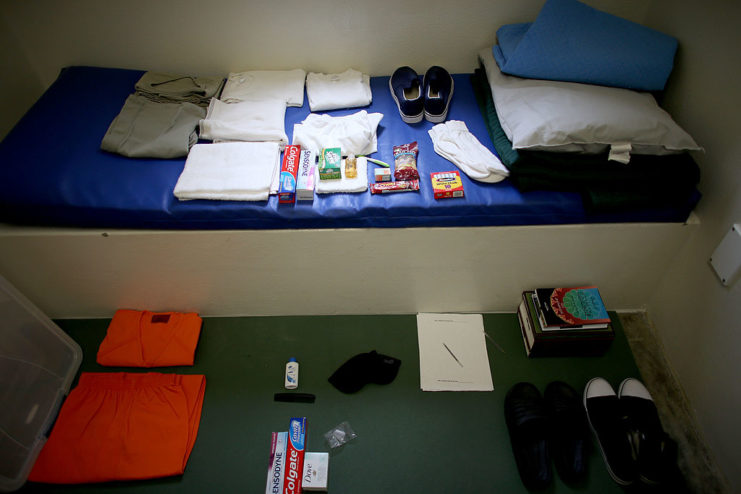
Military prisons uphold the same standards and protocols as the Armed Forces. Just like during basic training, prisoners are expected to keep their facilities clean and tidy. If something becomes unkempt, they can expect to be disciplined immediately. Thanks to military funding, the facilities for prisoners are already well-maintained.
Civilian prisons, on the other hand, don’t have the same luxuries as military facilities. Inmates are also expected to keep their living quarters clean, but do so with less discipline and even less funding. As such, cleanliness isn’t much of a priority in federal prisons.
Military prisons follow a strict daily schedule
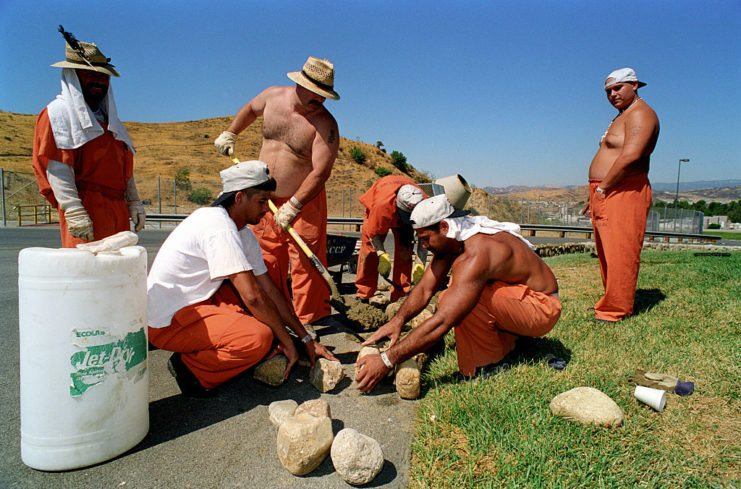
Military prisons begin their day at 6:00 AM with roll call. In typical military fashion, inmates follow a strict schedule that consists of meals, maintenance and workshops. Weekends feature more time for relaxation and recreation.
Food is a big part of prison life, and military prisons are known for having much better meals than civilian facilities. Guards in military prisons have strict rules in place that prohibit inmates from taking food outside of the dining hall, while civilian inmates have little to no oversight regarding this, allowing for trading to occur. Federal institutions also have access to a commissary that allows prisoners to purchase food and other goods.
Civilian prison guards are more likely to be corrupt
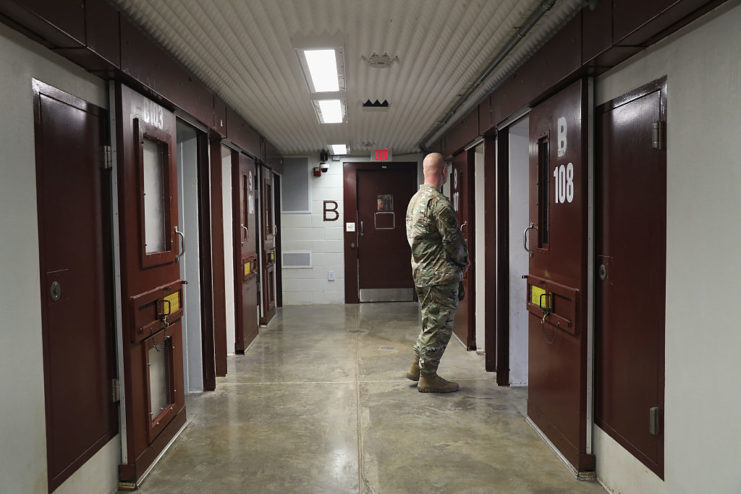
Guards stationed at military prisons are typically military police or from a local security forces unit. As uniformed personnel, they have the same obligations as inmates to uphold order and maintain discipline. Since they’re trained to provide services to all branches of the military, they usually treat inmates with respect.
Unfortunately, many civilian prisoners clash with corrupt guards. There are “chill” ones who complete their rounds and retire to the break room, as well as overly-corrective guards who assert their authority through intimidation, building resentment among inmates. Some guards even abuse their power and take advantage of prisoners, something that happens less often in a military setting, where both guards and inmates are treated equally.
Military prisoners aren’t allowed to salute their fellow officers
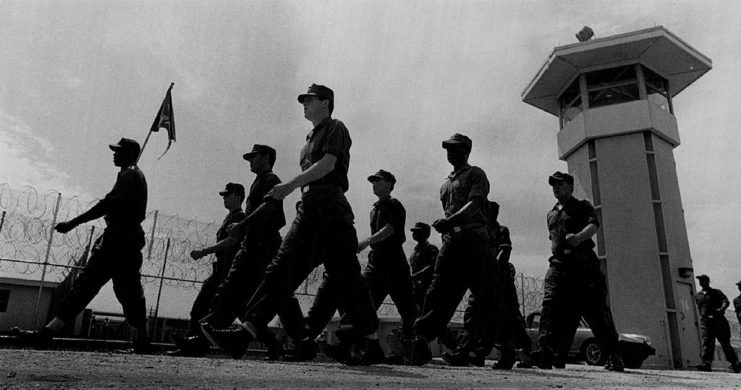
While most aspects of life in a military prison are surprisingly similar to life in the service, one important tradition is actually prohibited: the salute. Military inmates aren’t allowed to salute officers; doing so is actually a punishable offense. Prisoners aren’t allowed to salute officers because it’s seen as inappropriate for a superior to return the gesture.
Ranks are also removed upon imprisonment. In 2012, Lt. Col. Ken Pinkela was found guilty of felony assault, willful disobedience, abusive sexual contact and conduct unbecoming of an officer after exposing a first lieutenant to HIV. He was taken to the US Disciplinary Barracks at Fort Leavenworth to serve out his sentence.
As one of the highest-ranking inmates, Pinkela struggled to come to terms with his loss of rank, which he’d worked for 20 years to achieve. “In Leavenworth, your former rank carries no weight,” he told The Marshall Project. “On the day I went in, the silver oak leaves emblazoned on my uniform that signaled what I was were taken away from me, and I became an inmate – a prisoner to a country that I swore to protect and serve.”
Use of solitary confinement
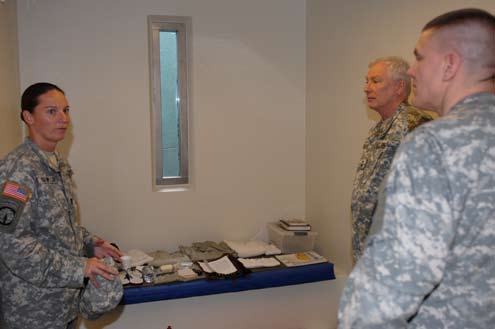
One of the more harrowing parts of imprisonment is solitary confinement – or “the hole.” The punishment is used in both military and civilian prisons if an inmate disobeys an order or commits an offense. According to Quartz, solitary confinement in the US is “inflicted upon at least 80,000 inmates, including juveniles, often for months or years.”
Military prisoners can be placed in solitary for up to six months, where they sit in an eight-by-seven-foot room with a toilet, sink, bed and light. They receive no human interaction, with food shoved through a small slot in the door. Sometimes, all it takes to be thrown into solitary is having old toothpaste.
Former US Army soldier Chelsea Manning, who was imprisoned at Fort Leavenworth, was threatened with indefinite solitary confinement for possessing expired toothpaste, dropping food on the floor, and allegedly having copies of Vanity Fair and Cosmopolitan.
Rehabilitation of prisoners

One of the main objectives of prison is to rehabilitate criminals and prepare them for reentry into society. Rehabilitation programs are especially important for military prisoners who will be given a dishonorable discharge upon their release, as they’ll need a new skill or trade upon reentering the civilian world. Military prisons offer training for inmates in carpentry, auto repair, cooking, hospitality and more.
More from us: Here’s Why Saddam Hussein’s Plan to Engage the Coalition in WWI-Style Trench Warfare Failed
Civilian prisons also provide inmates with opportunities for learning and growth. Resources to obtain high school diplomas, learn skilled trades and special programs for substance abuse are provided. Inmates can also take college courses, at their own expense. Unfortunately, these opportunities are not as readily available to civilian prisoners as they are to military inmates.
